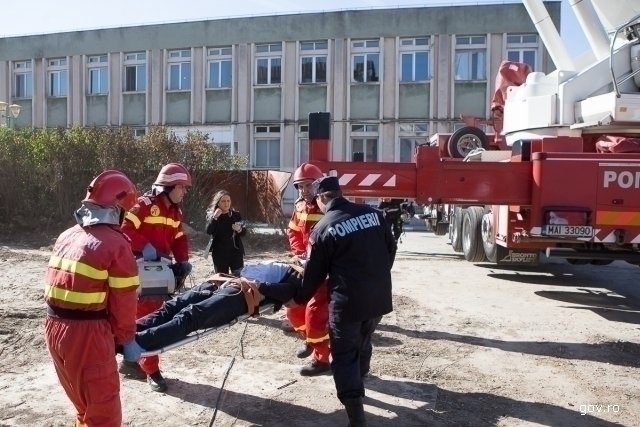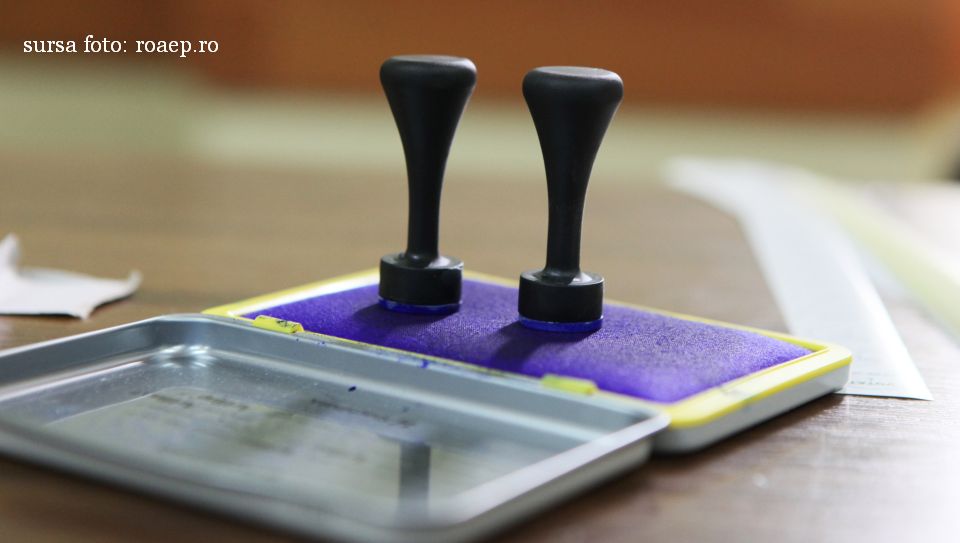Major Earthquake Drill in Romania
Authorities are staging the biggest earthquake drill ever held in the European Union
Warning: Trying to access array offset on null in /home/web/rri.ro/public/wp-content/themes/rri/template-parts/content.php on line 53

Warning: Trying to access array offset on null in /home/web/rri.ro/public/wp-content/themes/rri/template-parts/content.php on line 98
Bogdan Matei,
15.10.2018, 11:56
Dubbed “Earthquake 2018”, the drill has mobilized all state structures that activate in case of a 7.5 Richter-scale earthquake, which could have multiple aftershocks and result in numerous deaths, primarily in the capital-city Bucharest. As part of the simulation scenario, rescue teams are tested to deal with thousands of deaths and injuries and people left destitute.
On Saturday, President Klaus Iohannis declared a state of emergency. In one of its bases, the army set up a field hospital. The city’s stadiums and satellite towns also hosted refugee centers. On Sunday, the focus was laid on international cooperation. Israel, Italy and Norway set up state-of-the-art field hospitals with intensive care units, while Austria and Hungary dispatched several ambulances.
On a visit to Bucharest, the European Commissioner for Humanitarian Aid and Crisis Management, Christos Stylianides, was impressed by the participants and the amount of resources involved. According to the scenario enacted by the authorities, a toll-free crisis hotline was opened where relatives of people who are reported missing or injured can get more information. Authorities advise people remain calm and follow the appropriate safety instructions in case of an earthquake of this magnitude.
Interior Minister Carmen Dan: “I want people to comply with this drill and understand how they need to react. It’s crucial that citizens know what to do in a situation like this, even the basic actions”.
State Secretary Raed Arafat, the Head of the Department of Emergency Situations, said the drill provides a good opportunity for the authorities to see what’s at fault and improve standard procedures.
Raed Arafat: “There are lots of things you can’t predict, things that haven’t been carefully planned for, so that everyone knows what to do and how to react, and this allows us to learn and identify the deadlocks and issues. For instance, we have come across certain decision-making procedures that could hinder our actions in case of a natural disaster. All that needs changing, we have taken it under advisement”.
Although highly ridiculed by the media and social networks, the drill’s utility is undeniable. In the last 200 years, Romania has seen seven earthquakes of magnitude 7 and above. The one on March 4, 1977 killed 1,570 people, mostly in Bucharest, and caused material damage worth over 2 billion dollars at the time. Some 230,000 homes were severely damaged, while 760 businesses were decommissioned.
The earthquake was followed by an economic and social crisis which, historians argue, the communist dictatorship at the time could never overcome until its demise in 1989. Experts warn that thousands of buildings in Bucharest are at risk in the event of a similar seismic event. (Translated by V. Palcu, edited by D. Vijeu)






























